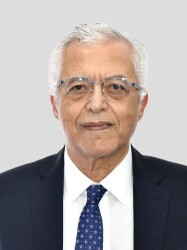BibTex format
@article{Kallis:2015:10.1007/s10620-015-3731-8,
author = {Kallis, Y and Phillips, N and Steel, A and Kaltsidis, H and Vlavianos, P and Habib, N and Westaby, D},
doi = {10.1007/s10620-015-3731-8},
journal = {Digestive Diseases and Sciences},
pages = {3449--3455},
title = {Analysis of endoscopic radiofrequency ablation of biliary malignant strictures in pancreatic cancer suggests potential survival benefit},
url = {http://dx.doi.org/10.1007/s10620-015-3731-8},
volume = {60},
year = {2015}
}

